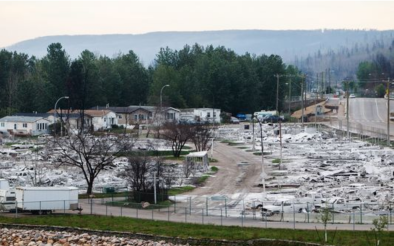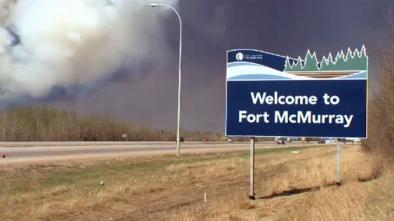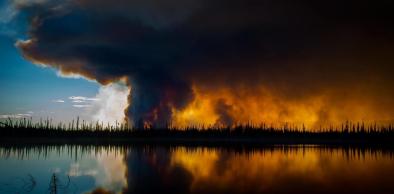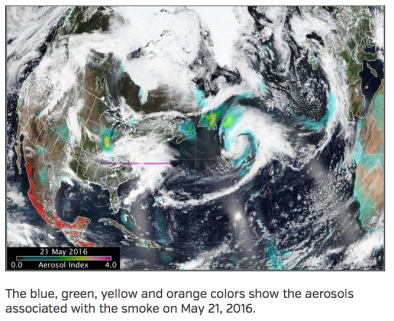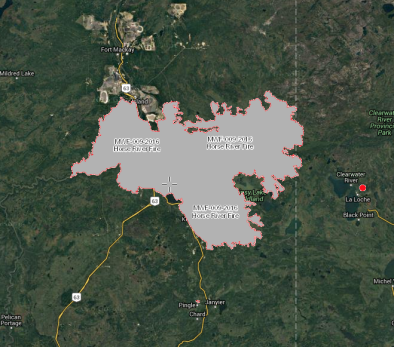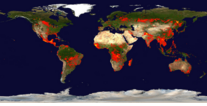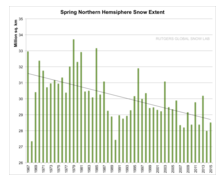Fort McMurray Fire 2016
An extremely dry winter coupled with unseasonably hot weather fueled a widely destructive wildfire in Fort McMurray, Canada—the most expensive disaster for insurers in Canadian history with losses expected to total $3.58 billion. The fire burned 1,456,810 acres (589,552 hectares), including part of Saskatchewan, and led to Alberta's largest ever fire-related evacuation as the more than 88,000 residents of Fort McMurray were forced to flee. This is also the first time in the continent's history that a city of more than 60,000 residents was forced to evacuate a wildfire. The Fort McMurray fire is part of a continuing trend where climate change has made Canada’s annual fire season longer and more severe over the past few decades.
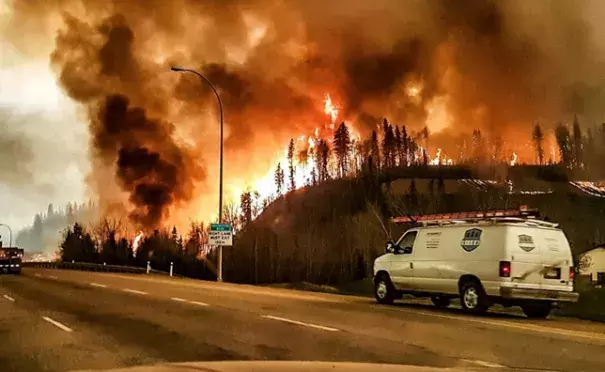
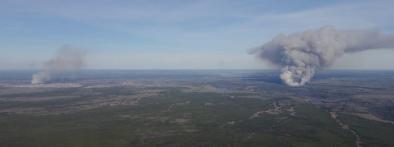
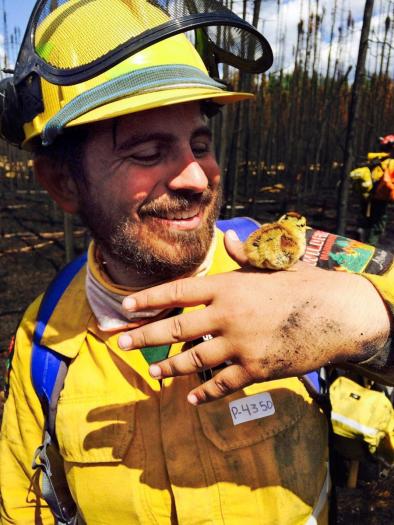
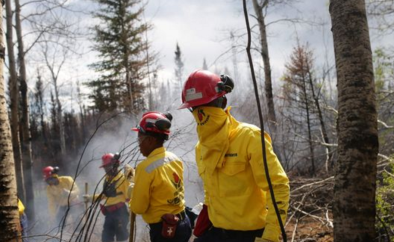
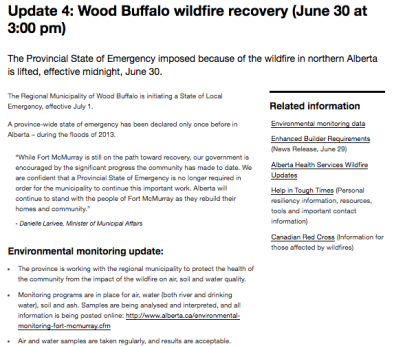
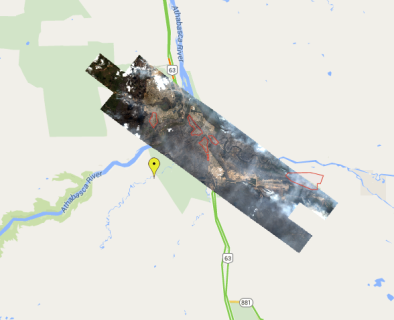
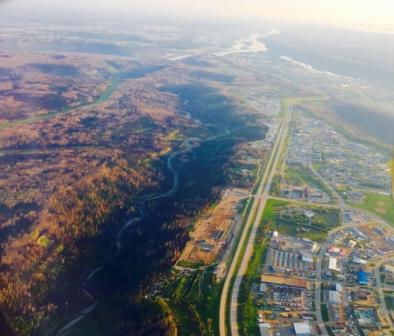
Dry winter and unseasonable heat fueled the destructive fire
Record heat, strong winds, and dryness due to below-average winter snows and the lack of spring snow cover created the extreme fire conditions that fueled the Fort McMurray blaze, which erupted in early May.[1] The Insurance Bureau of Canada says the massive wildfire is the most expensive disaster for insurers in Canadian history with losses expected to total $3.58 billion.[2] The Fort McMurray fire led to Alberta's largest ever fire-related evacuation as the more than 90,000 residents of Fort McMurray were forced to flee.[3],[4] This was also the first time in the continent's history that a city of more than 60,000 residents was forced to evacuate a wildfire.[1] By the end of May the fire had burned 1,433,000 acres (580,000 hectares),[5] including part of Saskatchewan.[6] By June 17, the fire was held at 1,456,810 acres (589,552 hectares) and was ultimately contained on July 5.[7]
Temperatures in Alberta were up to 40°F above average in the weeks preceding the fire—caused by an atmospheric blocking pattern, the sort of weather phenomenon that played a part in the California drought, and is linked to the melting Arctic ice.[8],[9] Snowpack was also 60 to 85 percent below normal.[10]
Drier winters and unseasonably hot weather are part of a continuing trend in Canada where climate change has made the annual fire season longer and bigger over the past few decades.
El Niño tends to produce warm Canadian winters
High northern latitudes are among the planet’s most rapidly warming regions, and the strong 2015-16 El Niño event added a hot spike to the long-term winter warming across western Canada.[1]
According to Mike Flannigan, a wildfire researcher at the University of Alberta, “In this part of the world, El Niño means warm and dry. We’ve had a warm and dry winter and now a warm and dry spring...If I was putting odds on it, odds are we will have another bad fire season.”[9]
Global wildfires intensifying due to climate change
The widely destructive wildfire in Alberta has raised concerns about the frequency and intensity of wildfires across the globe fueled by climate change. Science has identified rising temperatures as one driver, along with factors such as changing land-use and firefighting methods that leave more trees and bush to burn.
Worldwide, from 1979 to 2013, the length of fire season has increased nearly 19 percent.[11] In the US, the 10-year average number of acres burned in wildfires has more than doubled from the mid-1980s to 7 million acres now.[12] The fragile boreal forests that encircle the Northern Hemisphere and represent a third of Earth’s forest land are at high risk of wildfires but do not get the same level of attention as tropical forests.
Related Content
